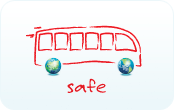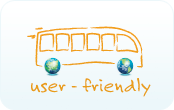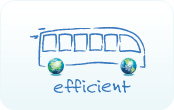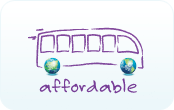|
// Driver training
|
|
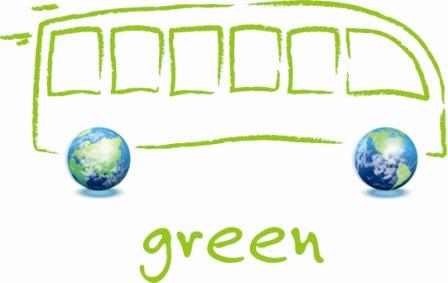 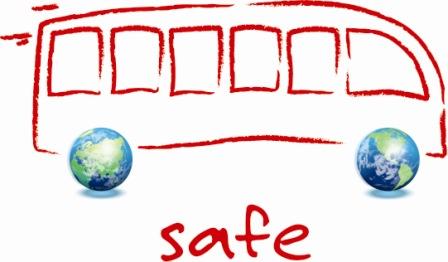 With today’s increasing focus on customer service, company managers and bus/coach drivers must be equipped with the knowledge and skills to adapt to customers’ needs and anticipate the use of technologies that help improve the customers’ experience. In the face of these challenges, the road transport training industry needs an exemplary framework for capacity-buildingto enhance road safety but also its professionalism, efficiency, effectiveness and accountability. With today’s increasing focus on customer service, company managers and bus/coach drivers must be equipped with the knowledge and skills to adapt to customers’ needs and anticipate the use of technologies that help improve the customers’ experience. In the face of these challenges, the road transport training industry needs an exemplary framework for capacity-buildingto enhance road safety but also its professionalism, efficiency, effectiveness and accountability.
Example: The IRU Academy, which boasts a high level advisory committeecomposed of representatives from the European Commission, the World Bank, the UNECE, the International Transport Forum, the European Transport Workers Federation and the European Training Foundation is the training arm of the International Road Transport Union (IRU). The IRU Academy acts as a global body that works with its partners and panels of experts to provide a training framework for the benefit of the road transport industry, its customers and society as a whole.
|
|
For more information: Driver program and training, IRU Academy
|
|
// Employment of service-oriented bus and coach drivers
|
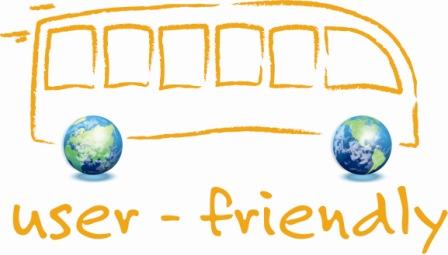 Trent Baron, a British operator, selects bus drivers on the basis of service-orientation. The compagny favours employing people from the service and retail industry over bus drivers, as, in their opinion, the technical part of being a bus driver is easier to train than training employees in customers-oriented behaviour. Trent Baron, a British operator, selects bus drivers on the basis of service-orientation. The compagny favours employing people from the service and retail industry over bus drivers, as, in their opinion, the technical part of being a bus driver is easier to train than training employees in customers-oriented behaviour.
|
|
For more information:
The Bus Buddies project, Making Best Practice Stick, Commission for Rural Communities
Busfacts, Institut für Angewandte Wirtschaftsforschung und Regionalanalyse, p.13
|
|
// Making transport by bus and coach more lively and attractive
|
 Live music offered on buses and coaches and at stops increases the “experience” of taking collective/public means of public transport and increases the value added to commuting and travelling by bus and coach. Live music offered on buses and coaches and at stops increases the “experience” of taking collective/public means of public transport and increases the value added to commuting and travelling by bus and coach.
Example: In Graz, numerous local folk music bands play in trams, buses, trains and at stops. A programme informs the travellers about the timetable and location of live music.
TV screens showing the latest news, weather forecasts and presenting brief hints for daily life entertain passengers during their trip and waiting time in stations.
Example: In Vienna, entrance tickets to major sports events include travel by public transport to and from the event location.
Decorating buses seasonally, changing colours and creating an ambiance in the vehicles increases comfort and makes the bus trip a more pleasant experience. Art exhibitions might also take place in collective/public transport.
Example: Bus Oceane, Le Havre’s public transport operator has been, in the frame of the “Dell Arte” campaign, commissioning artwork from local artists to decorate buses and illustrate bus tickets.
|
|
For more information:
Sustainable Urban Transport, Final report from the European project Trendsetter, p.39
Dell Arte, Bus Océane
“With Wiener Linien to sports”, Wiener Linien
|
|
// Branding and improving the transparency of the coach product
|
|
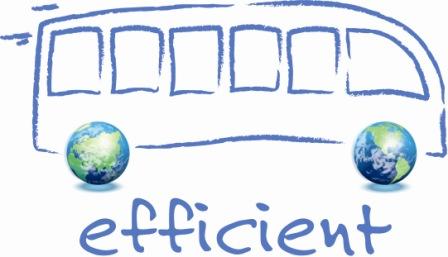  An internationally harmonised star classification system with uniform standards is of benefit to all stakeholders: passengers, travel agents and tour organisers, manufacturers, authorities and, indeed, bus and coach operators, since it increases the transparency of the bus/coach product. An internationally harmonised star classification system with uniform standards is of benefit to all stakeholders: passengers, travel agents and tour organisers, manufacturers, authorities and, indeed, bus and coach operators, since it increases the transparency of the bus/coach product.
Establishing a global industry brand to condense the industry offer into a recognisable product across the board has the potential of attracting additional consumers to coach and bus services, since customers tend to base their choice predominantly on price and brand.
Example: The International Road Transport Union introduced an international classification system for tourist coaches, ranging from one star coaches to four star luxury touring coaches. In Belgium, where the system has been in application since the 1980s, the fleet of Belgian tourist coaches has improved considerably over the years.
- The number of 4-star coaches has increased from 0.5% to 12-13% today.
- The number of 3-star coaches has increased from 10% to 55-60%.
|
|
For more information: IRU Coach Star Rating System
|
|
     |
| Subscribe to the newsletter |
|
